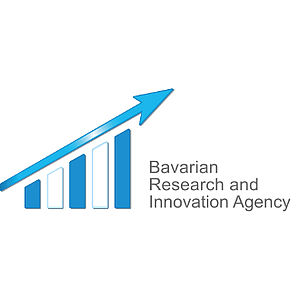
SME definition: Are you a small or medium-sized enterprise?

The European Union introduced a new SME definition in 2005. The SME definition is an important criterion in the area of research and innovation funding and is used as a basis for verifying if a company is eligible to receive specific SME funding. Horizon Europe, the European framework programme for research and innovation, as well as numerous other programmes, some of which are tailored especially for SMEs, offer SMEs excellent funding opportunities for research, development and innovation projects.
The following criteria are important for establishing if you are an SME, in other words a micro, small or medium-sized enterprise:
- Number of employees
- Annual turnover
- Annual balance sheet
According to the European definition of SME, the threshold for the number of employees must be strictly observed, while the SME itself can decide whether it wants to use the threshold for the annual turnover or for the annual balance sheet as a further criterion.
Small and medium-sized enterprises
- Fewer than 250 employees
- Annual turnover not exceeding 50 million euro or annual balance sheet total not exceeding 43 million euro.
Delimitation between micro, small and medium-sized enterprise:
- Microenterprise: fewer than 10 employees and an annual turnover or annual balance sheet total not exceeding 2 million euro.
- Small enterprise: fewer than 50 employees and an annual turnover or annual balance sheet total not exceeding 10 million euro.
- Medium-sized enterprise: fewer than 250 employees and an annual turnover not exceeding 50 million euro or annual balance sheet total not exceeding 43 million euro.
What must be noted when calculating the number of employees?
The number of employees is based on the number of full-time workers employed over the course of a year. Part-time employees and seasonal workers are taken into account proportionately, trainees are not considered.
What must be considered in general when calculating the threshold values?
When calculating the number of employees and the financial thresholds, a distinction has to be made between independent companies, partner companies and affiliated companies.
A company is independent if
- it holds less than 25 percent (capital or voting rights) of another company and/or
- another company holds less than 25 percent of it
A partner company exists when
- the company holds at least 25 percent, but not more than 50 percent, of another company and/or
- another company holds at least 25 percent, but not more than 50 percent, of it
An affiliated company exists if
- the company holds more than 50 percent of the voting rights of the shareholders or members in another company and/or
- another company holds more than 50 percent of it
The thresholds refer to the last annual accounts prepared. The applicant company only acquires or loses SME status if it exceeds or falls short of the listed thresholds in two consecutive business years.
Source:
User manual and model declaration: The new SME Definition; published by the European Commission
Contact at BayFOR:

Natalia García Mozo
Head of Unit SME Advisory Services
Phone: +49 89 9901888-171
Email: mozo@no-spam-pleasebayfor.org





